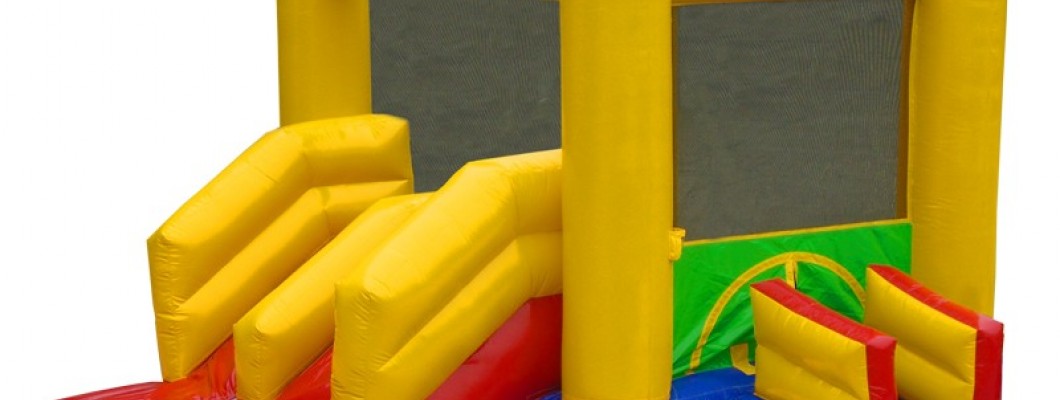
Inflatables, such as bounce houses and slides, are popular outdoor attractions, but their use is heavily dependent on weather conditions. Certain weather scenarios can pose significant risks, making it unsafe to set up or use an inflatable structure. Here’s a guide to understanding which weather conditions are unsafe for using an inflatable.
1. High Winds
One of the most dangerous weather conditions for inflatables is high winds. Winds exceeding 20 mph can cause an inflatable to become unstable or even lift off the ground, leading to serious accidents. Even moderate winds can make it difficult to anchor the structure securely. Always check the wind speed before setting up and avoid use if winds are too strong.
2. Rain and Thunderstorms
Rain, especially heavy rain, can create slippery surfaces both inside and around the inflatable, increasing the risk of falls and injuries. Additionally, thunderstorms pose the danger of lightning strikes. Wet conditions can also damage the blower or other electrical components, leading to malfunctions. It’s best to avoid using inflatables during any type of rain or thunderstorm.
3. Extreme Heat
Using inflatables during extreme heat can be unsafe due to the potential for the surface to become excessively hot, causing burns. High temperatures can also cause the material to expand, leading to over-inflation and stress on the seams. Users can also overheat, leading to dehydration or heat exhaustion. It’s advisable to avoid use during peak heat hours, especially in direct sunlight.
4. Cold Weather
While not as immediately dangerous as other conditions, cold weather can still pose risks. Inflatable materials can become brittle in low temperatures, making them more prone to tears or punctures. Additionally, the blower may not function efficiently, leading to under-inflation. Use caution and consider the manufacturer’s recommended temperature range when setting up in cooler weather.
5. Snow and Ice
Snow and ice can create hazardous conditions for inflatables. Ice can make surfaces extremely slippery, increasing the risk of falls. The weight of snow can also put stress on the inflatable structure, potentially causing collapse or damage. Inflatables are generally not designed for use in snowy or icy conditions, so it’s best to avoid them during winter weather.
6. Hail
Hail can cause significant damage to an inflatable, puncturing or tearing the material. Even small hailstones can lead to leaks or other issues, compromising the safety and usability of the structure. If there’s a risk of hail, deflate the inflatable and store it safely until the storm passes.
Conclusion
Understanding the impact of different weather conditions on inflatables is crucial for ensuring the safety of users. High winds, rain, extreme temperatures, and other adverse conditions can all make using an inflatable dangerous. By monitoring the weather and avoiding use during unsafe conditions, you can help prevent accidents and extend the life of your inflatable structure.
